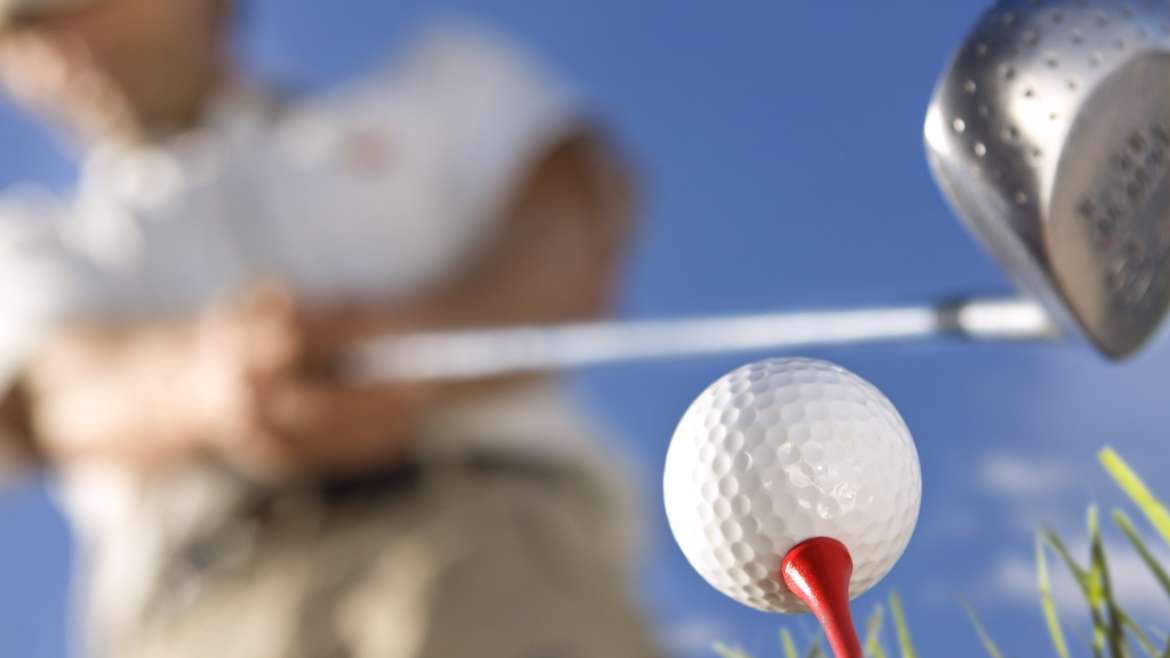You are not going to be able to reduce your handicap if you are persistently injuring yourself and can’t play! Most amateur golfers develop their injuries due to poor form (i.e. improper grip and/or swing) or lack of conditioning. This is in contrast to the pros where the majority of injuries are due to overuse after hours of practice.

The most common injuries typically occur in the upper body, such as the shoulder, elbow and wrist and golfers commonly suffer with low back pain. Most of these injuries are found in the soft tissues (muscles, ligaments and tendons) and are easily avoided.
Most Common Causes of Injury;
• Over swinging
• Improper grip
• Mis-hits or duffs (hitting the ground during the swing)
• Inappropriate clubs
The above issues can be easily rectified by having a session or two with your local club pro to help select the correct clubs for you and to work on your technique. A good pro will be able to recognise if you are twisting excessively during your swing which can stress your spine. Rotating the shoulders and hip at the same time reduces excessive rotation and compression of your low back.
Spending hours perfecting your swing, followed by long periods out on the course can lead to overuse injuries. Some of these can be avoided by the appropriate conditioning exercises or prehab – strengthening exercises targeting areas most commonly injured. Think about investing in a personal trainer (rehabilitative) and working on areas such as the rotator cuff and forearm muscles and your core, this can go a long way to prevent unnecessary problems.
Don’t wait for existing injuries to become chronic. Many problems can easily be nipped in the bud by seeing your local osteopath. Osteopathywill aim to look at your body as a whole, aiming to improve overall function and rectify any imbalances. Having a regular deep tissue massage will also help to prevent tired and overworked muscles developing into injuries. Pilates is excellent for improving your core strength and contributing to your overall conditioning.
Prepare – It’s too much to ask your body to complete 18 holes of golf after sitting at a desk all week! If you have a sedentary job, stretch daily in preparation. Pay special attention to the muscles that become shortened with prolonged sitting such as the thigh muscles – quadriceps and hamstrings, the hip flexors and gluteals. Don’t skip your warm up. Take a 10 minute walk before you start playing and stretch pre game.
Don’t forget to bend at your knees when you pick up your golf ball!
In summary –
• Book a session or two with your local golf pro to work on form and advice on equipment
• Help prevent injury by improving your conditioning
• Seek treatment for any injuries – early intervention can prevent chronic problems
• Prepare for your golf – warm up and stretch
If you would like further specific advice on conditioning and stretchingwe will be happy to help – just give us a call.



Add Comment